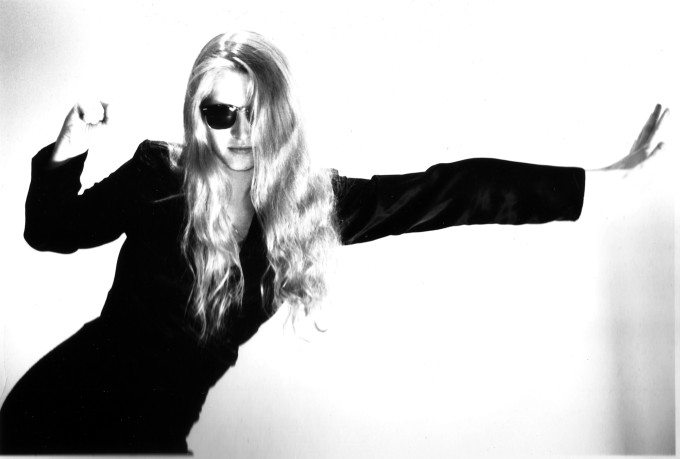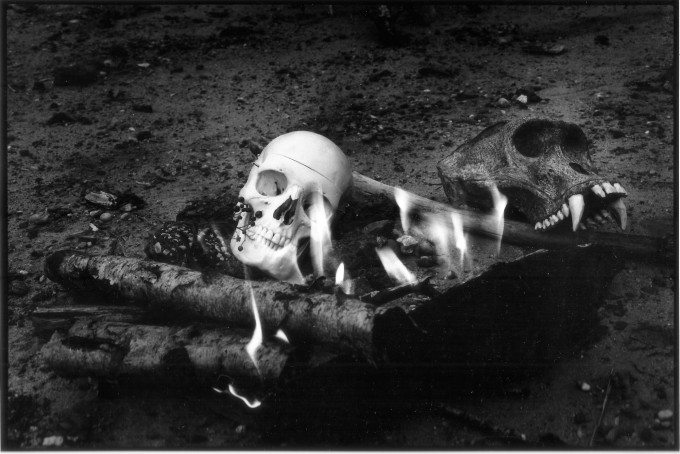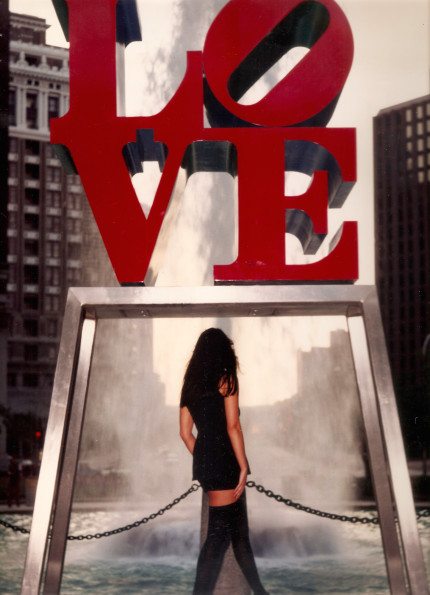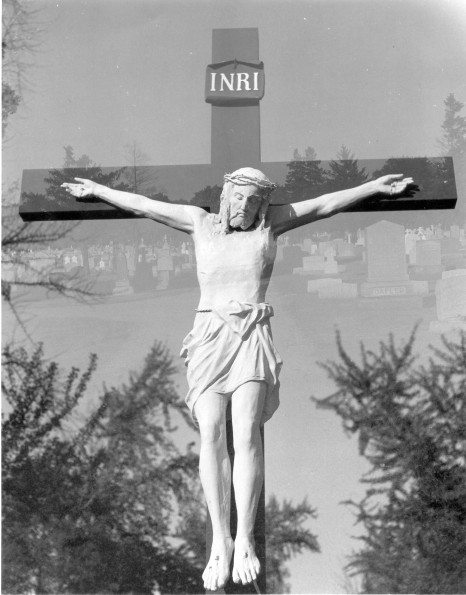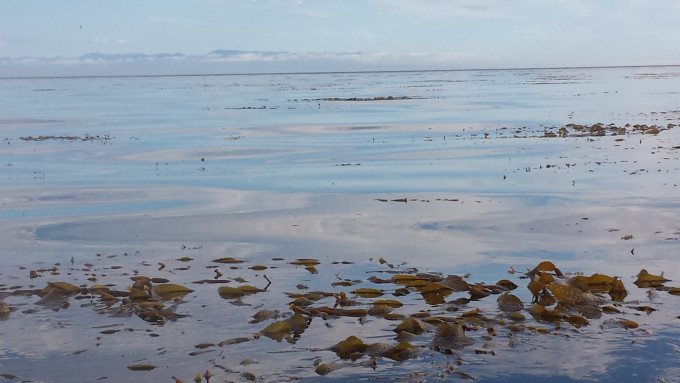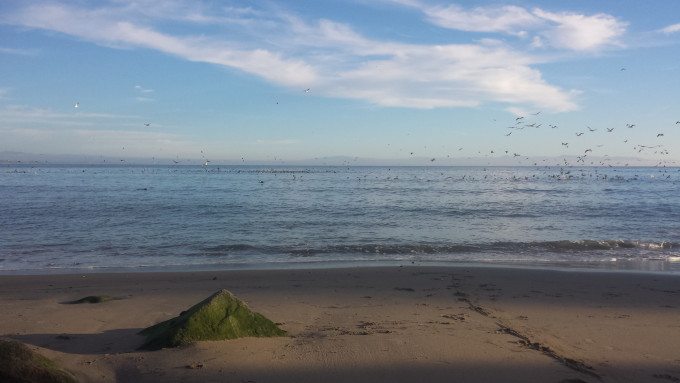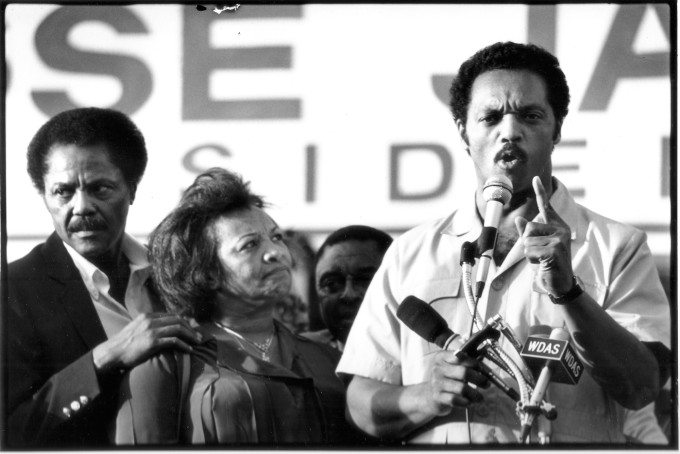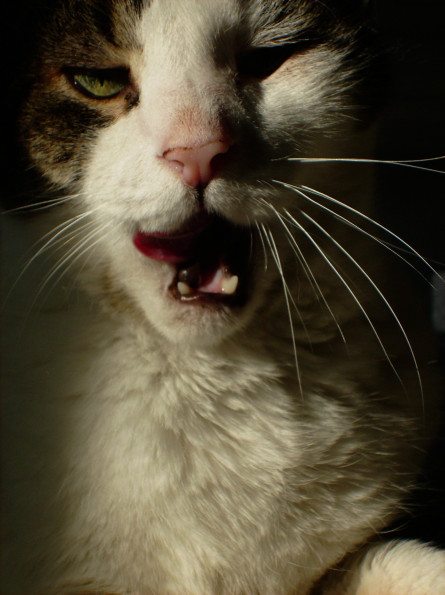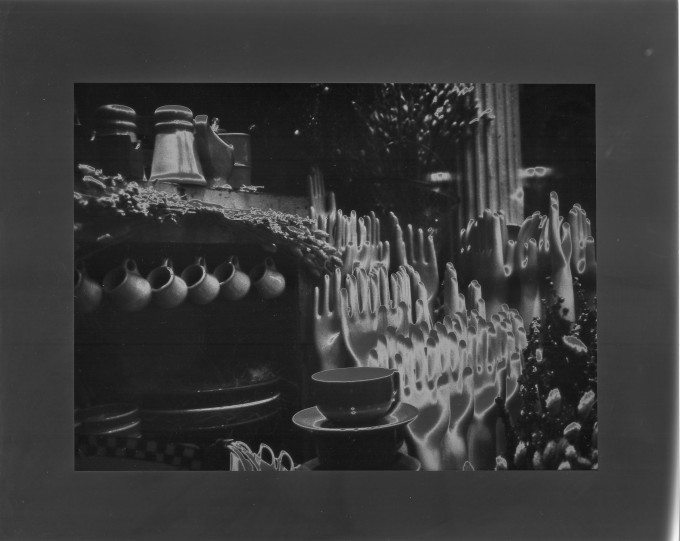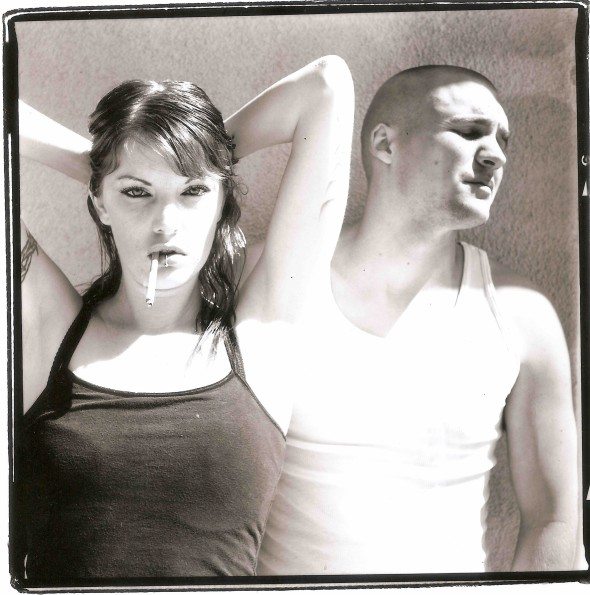Last Updated on 01/23/2015 by Chris Gampat
All images by Richard Veil. Used with permission.
There are professional photographers today that have never shot on film and have grown up in the digital age of Photoshop. Many of these photographers rely on computer programs to improve their digital images.
Those of us who grew up in the age of film emulations and darkrooms relied on perfect execution in shooting and faith that there would be images on the film. Imagine shooting a dozen rolls of film and having no idea what the images were going to look like; that’s real anxiety. Cameras and processing equipment could malfunction and leave us with nothing of use.
Today images are instantly available for viewing alleviating a lot of anxiety that either the camera or the processing equipment might malfunction and destroy all or part of a shoot. The closest we could get to a preview of our images were Polaroids that some cameras had adapters for but the actual image on film was a matter of artistic faith.
Photography is defined by the act of light entering a pinhole or lens and falling on a sensor or film. Because of programs like Photoshop many photographs we see today are a combination of photography and illustration. By illustrating a photograph it changes the final product to imagery not pure photography. The question is at what point in the digital manipulation of a photograph does the image no longer represent a true photograph because of overt changes to the image.
In the film age retouching was done by hand and demanded special physical skill to succeed; therefore, it was only done when absolutely necessary to improve the photograph. In the darkroom the enemies were dust, scratches and light leaks. You had to use specific printing paper and chemistry to attain a sepia tone or solarization effect. In the film age we used every trick in the book to tweak an image during printing. Small scratches could be hidden using nose grease. Believe it or not we wiped our index finger on our nose and smeared the grease over the scratch in the emulation and most times it would be invisible in the print. We contorted our hands into light funnels to burn in sections of an image and to lighten others. We constantly fought dust and spotted prints to get rid of dust spots that made it to the print. We used pantyhose stretched on a colander frame and moved under the enlarger lens to diffuse the image. Anything other than spotting was generally not considered retouching because we did not return to the image, thus the “re” in retouching and the return to the print to improve it. Photoshop allows an artist a variety of options to change a digital print we couldn’t even dream of in the film days.
Recently an excellent photographer named Nigel Barker was featured in a video proclaiming that combing your hair, makeup and light modification constituted retouching. I disagree with him on those points. In my opinion for a print to remain a true photograph only a limited amount of computer manipulation can be used before it becomes imagery and not photography.
Digital photographers don’t have to worry about bad film, malfunctioning processors or dust and thank God for that! However I do think it is important to consider the limits of retouching in the digital age so that photographic talent can be discerned from Photoshop skill.
You can’t really shoot in B/W or sepia tone a digital print so I don’t consider them retouching. Lightening or darkening an image using a program like Lightroom I don’t consider retouching because you are manipulation metadata that is already in the image and there is no enlarger to dodge and burn like with film.
I believe reversing the image or flipping the negative as I did with “The Love Sign” photo and double exposures done in camera like “Jesus” photo are acceptable as well. I think defining these things is important so that photography can be judged on it’s own merits without added or subtracted imagery. Pure images in documentary and news photography are especially important for them to retain credibility.
It is for this purpose I coined the phrase, “The Shot,” to define an image which has the acceptable manipulation listed above or no changes at all so it can be judged on it’s own as a true photographic image. I was lucky to have the capability to process and print all my own stuff and learn lighting from available light with on camera flash to motion picture set lighting.
Here are examples of images fitting the definition of “The Shot” that have no computer manipulation or retouching at all.
“In the film age we used every trick in the book to tweak an image during printing. Small scratches could be hidden using nose grease. Believe it or not we wiped our index finger on our nose and smeared the grease over the scratch in the emulation and most times it would be invisible in the print.”


